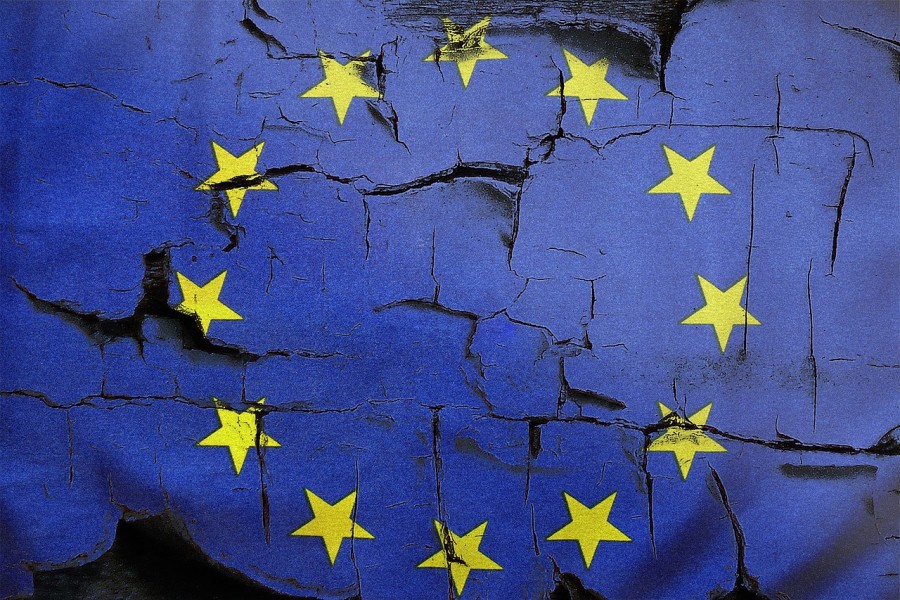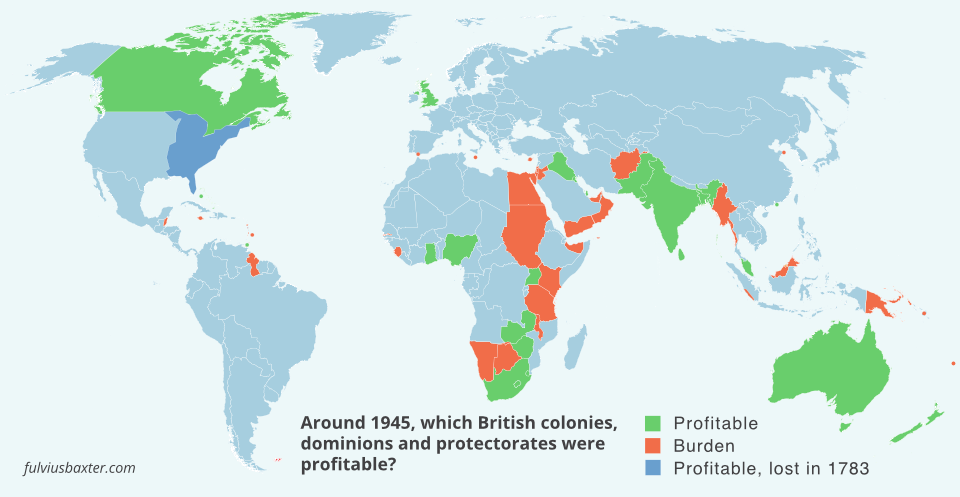 In the last two presidential elections, the American progressive movement has enjoyed enormous success. Or rather, they could have, if they played their cards better. And I’m thinking of Bernie Sanders’ strong campaigns, which managed to attract both left-wing voters and so-called ordinary people. The radical movement has probably never been more successful in the homeland of capitalism, but what really went wrong?
In the last two presidential elections, the American progressive movement has enjoyed enormous success. Or rather, they could have, if they played their cards better. And I’m thinking of Bernie Sanders’ strong campaigns, which managed to attract both left-wing voters and so-called ordinary people. The radical movement has probably never been more successful in the homeland of capitalism, but what really went wrong?
In addition to being outplayed by his own party colleagues on the right, Sanders was also challenged by his own (far) left supporters, who expressed doubts about a white older man.
The left has historically always had a small portion of identity politics. Moreover, although the class struggle was central, the struggle could be divided into subdivisions, the women’s movement, minority rights, etc., which were a way of broadening and expanding the struggle. But now we have reached a point where identity politics is becoming an internal problem.
The traditional class struggle is fragmenting into smaller conflicts, between men and women, black and white, straight, gay, trans, etc. And many on the left have seen this as a positive thing. As the “real” class struggle did not produce any results in times when the middle class was expanding, and the will for struggle and change was low among the workers.
Unfortunately, the situation has worsened. We are seeing the impoverishment of the middle class in the US, with many realising that they will never be as successful as their parents. Traditional industrial jobs have moved to Southeast Asia, only a fraction have been replaced by IT, and these opportunities are unevenly distributed geographically. What remains are service sector jobs, which are not as well paid or secure. Assembling a Pontiac at a major auto plant, as in years past, probably provides greater inner satisfaction, even if the work is hard, and a stake in the overall American social fabric – than loading cereal off the shelves at Walmart.
In this situation, the classic class struggle suddenly becomes more attractive, as Sanders’ successes showed, but the left has lost its most effective tool, and crumbled into petty battles. And now the left is beginning to realize that they’ve been had, and even this fragmentation will probably be blamed on the capitalists. It is certainly in the interests of big business that the left should not unite against them, and so it is logical to encourage the ideas of patriarchy, systemic racism and LGBTQ etc. But it was the left themselves who started it.
What is self-inflicted and done by others is of course debatable. At the same time, the left has grown through the divisions of all these countless and slightly confused struggles. They have taken over academia, the media and bureaucratic jobs.
The “business Democrats” led by the Clintons, Obama and Biden would never let the left-wing rise. For them, radicalism is merely a spice and a lure to the underclass and minorities, but when it comes down to it, left-wing candidates are dumped. The “Business Democrats” are all too similar to the “Never-Trump faction” or “Neocons” of the Republicans, and represent much the same ideas and approach to politics. Sometimes these coalitions are referred to as the “mono-party”, i.e. different parties pushing basically similar interests, initiated by the business community, interest groups, etc.
In other words, the real political divide in the US is the real left led by Sanders & Co, the Trump supporters (MAGA) and then the mono-party. And we suddenly realize why such widely divergent presidents as George Bush and Barack Obama pursued almost identical foreign policies, continued the wars in the Middle East, despite all the talk of “Change”. They both belonged to the mono-party, and served the same interests.
Obama’s betrayal is also a subject for the scorned left; where the first black president did not deliver at all as expected, but will go down in history as an ideeless, narcissistic, warmonger with a trendy suit and a cheerful smile. Many people like him, but don’t really know why, nor can they explain what good he did, the image of the “good president” acts almost like a kind of thought virus.
So what we see is a playing field where the mono-parties (many even call them globalists etc) are fighting against right-wing populists on one side and the classical left on the other flank. Both the populists and the left see industrial jobs disappearing, society and the middle class collapsing – and they react in different ways. Both movements are driven by the people, and perhaps the popular right and left have never been so close. If they could have formed an unholy alliance, the players at the top would not have been so secure.
What we learn from this is that the division between left and right is largely a mirage. And that there is something in the frustration that political developments always go in the same direction, regardless of which party we vote for. As well as the feeling of being cheated again and again. No matter where we are on the political map.







